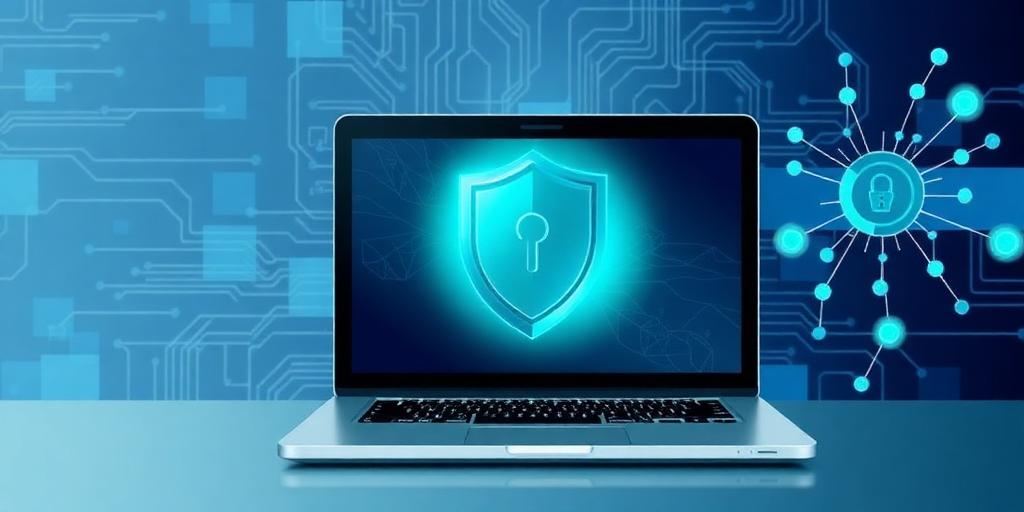In today's digital landscape, safeguarding your devices against cyber threats is paramount. Hackers employ increasingly sophisticated techniques to compromise personal and professional data. This article provides a comprehensive guide to implementing robust security measures, ensuring your devices remain protected from malicious attacks.
1. Implement Strong, Unique Passwords The foundation of any security strategy lies in the strength of your passwords. Avoid using easily guessable information such as birthdays, names, or common words. Instead, create complex passwords comprising a combination of uppercase and lowercase letters, numbers, and symbols. Furthermore, utilize a unique password for each of your online accounts. Password managers can assist in generating and securely storing these credentials.
2. Enable Multi-Factor Authentication (MFA) Multi-factor authentication adds an extra layer of security by requiring a second verification method in addition to your password. This can include a code sent to your mobile device, a biometric scan, or a security key. Enabling MFA significantly reduces the risk of unauthorized access, even if your password is compromised.
3. Keep Your Software Updated Software updates often include critical security patches that address vulnerabilities exploited by hackers. Regularly update your operating system, web browsers, applications, and antivirus software to ensure you have the latest security protections in place. Enable automatic updates whenever possible to streamline this process.
4. Install and Maintain Antivirus Software Antivirus software provides real-time protection against malware, viruses, and other malicious threats. Choose a reputable antivirus program and keep it updated with the latest virus definitions. Regularly scan your devices for potential threats and promptly remove any detected malware.
5. Be Wary of Phishing Attacks Phishing attacks involve deceptive emails, messages, or websites designed to trick you into divulging sensitive information. Be cautious of unsolicited communications, especially those requesting personal or financial details. Verify the authenticity of senders before clicking on links or providing any information. Look for red flags such as poor grammar, suspicious email addresses, and urgent requests.
6. Secure Your Wireless Network Ensure your Wi-Fi network is secured with a strong password and WPA3 encryption. Avoid using public Wi-Fi networks for sensitive transactions, as these networks are often unsecured and vulnerable to eavesdropping. If you must use public Wi-Fi, consider using a virtual private network (VPN) to encrypt your internet traffic.
7. Disable Unnecessary Features and Services Disable any unnecessary features or services on your devices that could potentially be exploited by hackers. This may include Bluetooth, location services, and remote access features. By minimizing the attack surface, you reduce the risk of unauthorized access.
8. Regularly Back Up Your Data In the event of a successful cyberattack, data loss can be devastating. Regularly back up your important files to a secure location, such as an external hard drive or cloud storage service. This will allow you to restore your data in case of a compromise.
9. Educate Yourself and Others Stay informed about the latest cybersecurity threats and best practices. Educate yourself and your family members about online safety and how to recognize and avoid phishing scams. By raising awareness, you can create a more secure digital environment for everyone.
10. Monitor Your Accounts Regularly Monitor your financial accounts, credit reports, and online accounts for any signs of unauthorized activity. Promptly report any suspicious transactions or discrepancies to the relevant authorities. Early detection can help minimize the damage caused by a cyberattack.
By implementing these security measures, you can significantly reduce your risk of falling victim to cyberattacks and protect your devices and data from malicious actors. Vigilance and proactive security practices are essential in today's evolving threat landscape.









